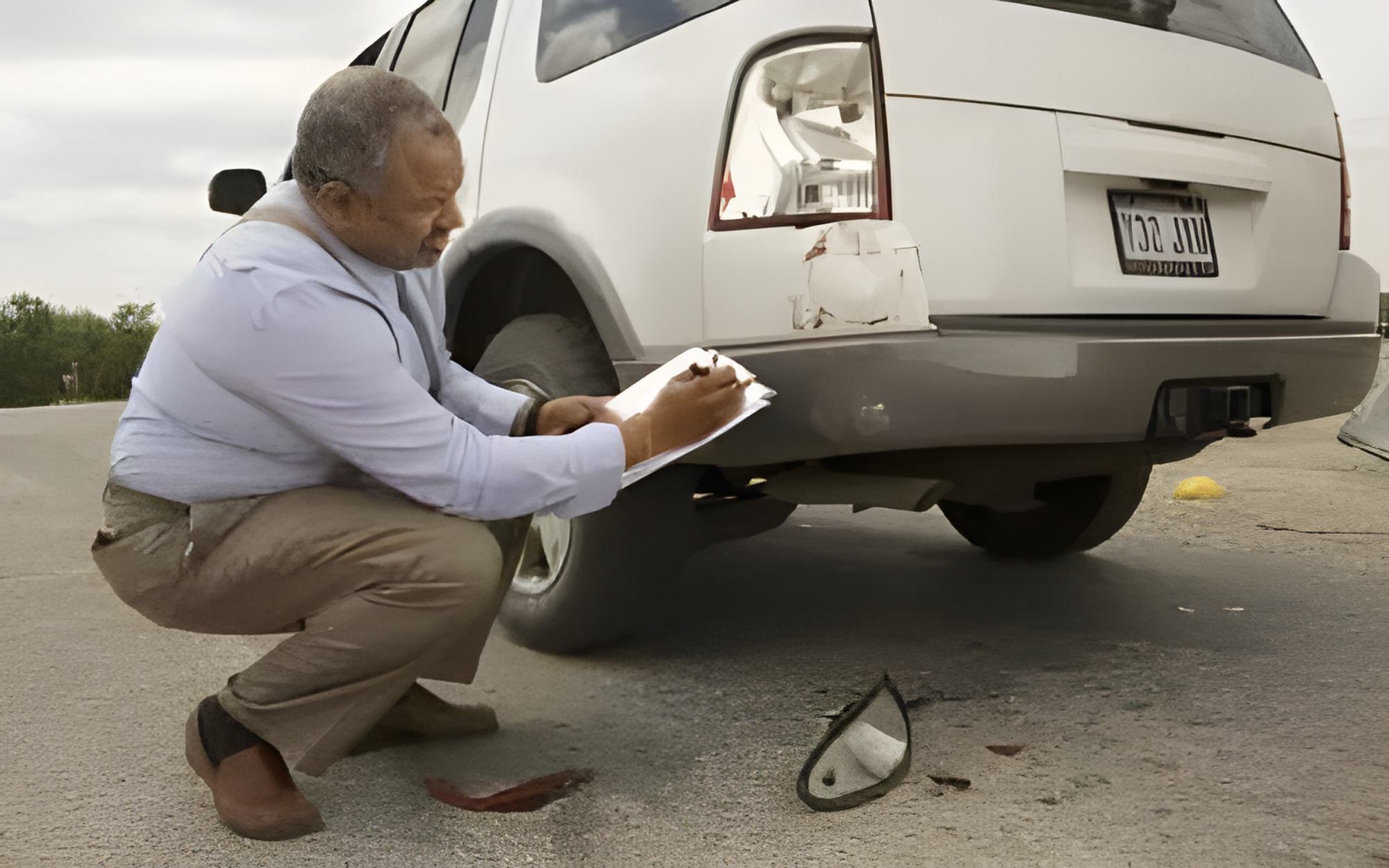Cost Recovery and Repair Planning After Asset Damage
Recovering costs and planning repairs after asset damage requires structured assessment, clear documentation, and coordinated stakeholders. This article explains practical steps for assessing loss, preparing claims, and planning reconstruction so organizations can balance cost recovery with timely repair, regulatory compliance, and operational resilience.

Recovering costs and planning repairs after asset damage begins with a structured approach that combines rapid inspection, accurate inventory and valuation, and clear coordination between insurers, adjusters, and repair contractors. Early actions—such as securing the site, documenting damage with photos and sensor data, and preserving salvageable items—help preserve claimable value and support efficient underwriting decisions. Effective planning also anticipates regulatory compliance, safety considerations, and longer-term resilience measures to reduce repeat losses and support business continuity.
What is risk assessment and mitigation?
A focused risk assessment evaluates the causes and potential recurrence of damage, examining exposure to physical hazards, maintenance gaps, and operational vulnerabilities. Mitigation measures follow assessment and typically include temporary protections (tarps, structural shoring), updates to safety systems, or process changes to limit future losses. Risk assessment informs cost-recovery priorities by distinguishing between immediate stabilization needs and longer-term reconstruction investments, shaping insurer underwriting views and the scope of acceptable remediation actions.
How do inspection, sensors, and analytics support evaluation?
Inspections combine human expertise with remote and in-situ sensor data to create a fuller picture of damage. Moisture sensors, structural strain gauges, and thermal imaging supplement visual inspection, while analytics help prioritize interventions and estimate remaining useful life of components. Integrating sensor streams into analytics platforms speeds assessment and can reduce dispute over scope. Accurate inspection records also strengthen claims documentation and can be used to justify valuation and repair approaches to underwriters.
How are inventory and valuation handled after damage?
Inventorying damaged assets involves itemizing affected property, noting condition, age, serial numbers, and replacement or repair costs. Valuation methods vary: replacement cost, actual cash value, or agreed-sum approaches depend on policy terms and underwriting. Clear photos, pre-loss records, and third-party appraisals improve valuation accuracy. Maintaining organized inventories reduces delays in claims settlement and supports decisions about salvage, repair, or full replacement.
How do claims and underwriting interact in recovery?
Claims handling and underwriting are linked: underwriting determines coverage parameters and policy limits, while claims processes operationalize recovery within those constraints. Early engagement with insurers and adjusters clarifies claimable items and required documentation. Transparent, timely submissions that include inspection reports, inventories, and cost estimates help underwriting make informed coverage decisions and can reduce disputes. Understanding the policy’s exclusions and obligations for mitigation is essential to protect recoverable costs.
How is salvage, repair, and reconstruction planned?
Salvage assessment decides whether items can be economically restored or should be disposed of. Repair planning prioritizes safety remediation and minimizing downtime, sequencing temporary stabilization, mechanical and structural repairs, and final finishes. Reconstruction planning integrates permit processes, contractor selection, procurement of materials, and compliance with updated building codes. Resilience measures—such as improved materials, flood barriers, or redundant systems—can be integrated into reconstruction to reduce long-term risk and affect both cost and underwriting considerations.
Before presenting cost comparisons, here are practical pricing insights: emergency stabilization and mitigation often represent an initial portion of overall spend, while structural reconstruction and contents replacement can account for the majority of recovery costs. Restoration and reconstruction pricing varies widely with scope, location, and local labor markets. Below is a concise comparison of commonly used services and platforms that support cost recovery and repair planning, showing typical cost estimates or pricing models.
| Product/Service | Provider | Cost Estimation |
|---|---|---|
| Claims estimating software (license/subscription) | Xactware (Xactimate) | Subscription or per-user fees; common market estimates range from $50–$300/month depending on access level and region |
| Large-scale emergency restoration and structural repair | Belfor Property Restoration | Project-based; small jobs may start a few thousand dollars, while major reconstruction can range from $20,000 to $500,000+ depending on severity |
| Independent adjusting and claims management | Crawford & Company / Sedgwick | Fee-for-service or contract rates; adjuster engagement may be billed hourly or as a percentage of claim administration costs |
| Data analytics and loss modeling platforms | Verisk / Verisk Analytics | License or service-based pricing; enterprise contracts vary widely—contact provider for quotes |
Prices, rates, or cost estimates mentioned in this article are based on the latest available information but may change over time. Independent research is advised before making financial decisions.
Conclusion
Effective cost recovery and repair planning after asset damage combines prompt inspection, comprehensive inventory and valuation, careful documentation for claims and underwriting, and pragmatic decisions about salvage versus reconstruction. Incorporating sensor data and analytics can speed assessments, while deliberate mitigation and resilience upgrades can reduce future exposures. Cost outcomes depend on the scale of damage, local market conditions, and policy terms; structured planning and clear communication among stakeholders help align repair strategies with recoverable costs and long-term operational resilience.





